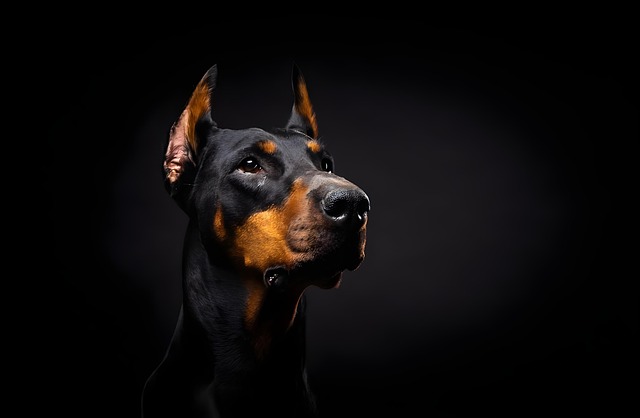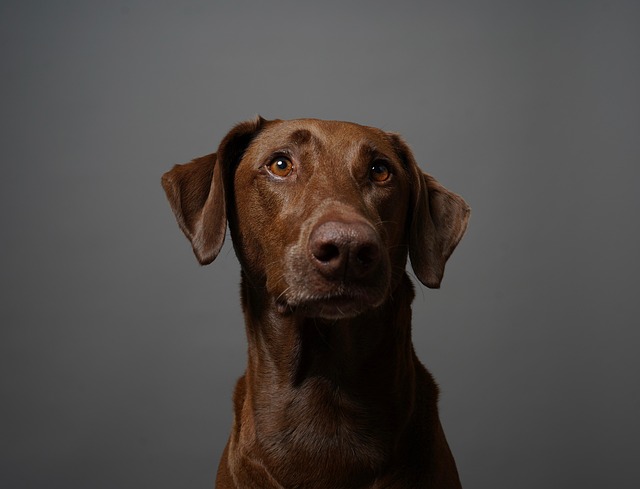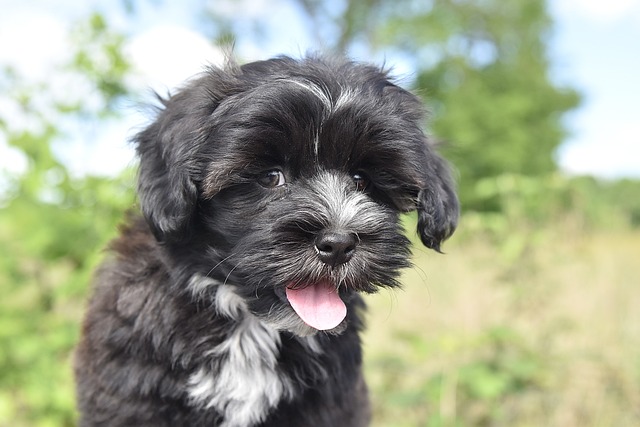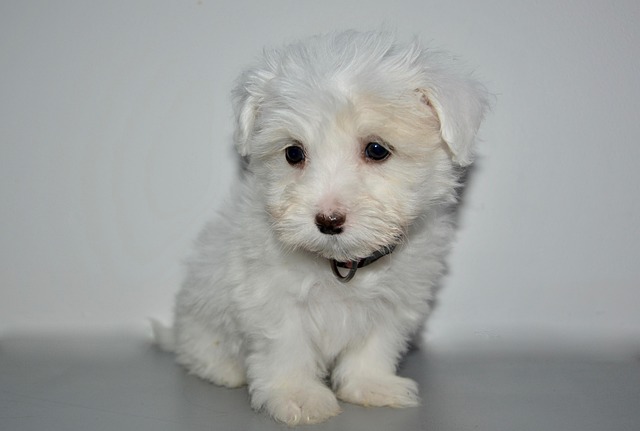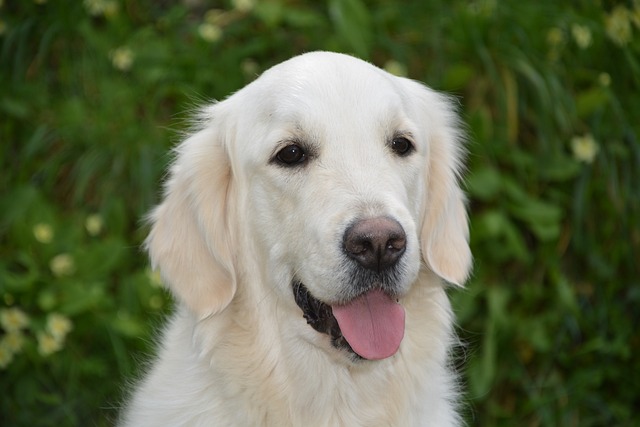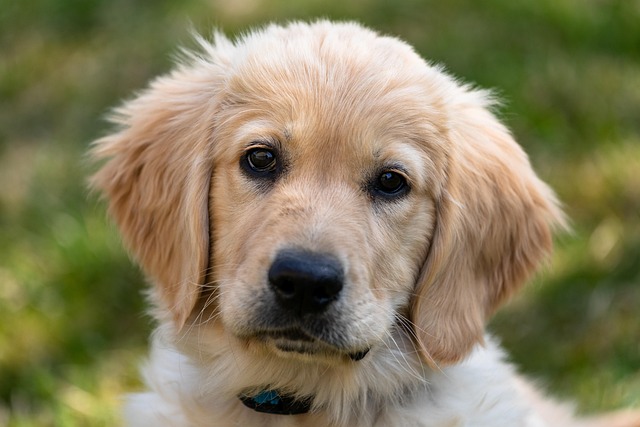Can a dog be trained to go potty both outdoors and indoors? Ask any new dog parent in a downtown apartment, and you’ll likely get a weary nod—especially when winter storms hit or work runs late. Take Maria, a first-time owner in Denver with a 10-week-old golden retriever puppy. “Some mornings I can get him to the park, but by evening, the snow’s too deep,” she says. “I needed him to handle both, but I had no idea where to start.” It’s a common dilemma, blending convenience with your pup’s needs, and it’s absolutely doable with the right approach.
Dogs thrive on predictability, but they’re also adaptable—thanks to their keen sense of smell and ability to link environments to rewards. Behaviorists call this “contextual learning”: a puppy learns that one spot (say, a grassy patch) and another (a pee pad by the door) both signal “bathroom time” when paired with consistent praise. The key? Never scold for accidents. A yelp or a tap on the nose confuses them—they won’t connect the correction to the action, only to your anger, which slows progress. Instead, think of it like teaching a toddler: patience and clarity work better than frustration.
Start by setting up a dedicated indoor spot—ideally near a door, so it feels like a “transition” to outdoors. Use a washable pee pad or artificial grass tray; avoid carpets, which smell like home, not a bathroom. Every morning, after meals, and before bed, lead your pup there. When they go, cheer loudly and offer a tiny treat (think: a piece of freeze-dried chicken). For outdoors, stick to a schedule: 7 a.m., 1 p.m., and 8 p.m. work for most dogs. Head to the same tree or patch of grass, say “Go potty,” and wait—no phones, no distractions. When they finish, celebrate like it’s a big win. Over two weeks, your dog will start sniffing those spots on their own, looking for their reward.
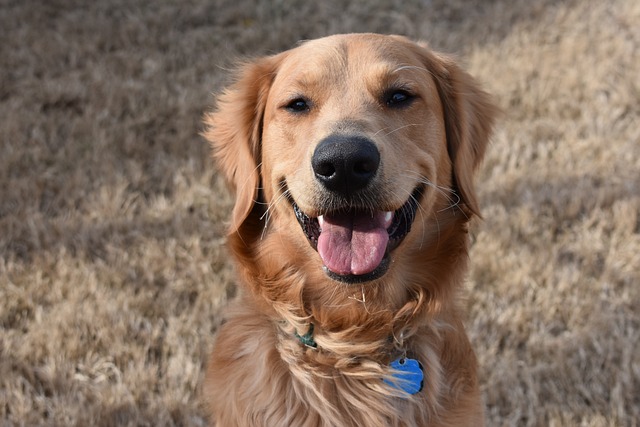
Of course, training doesn’t exist in a vacuum—it’s tied to local rules and respect for others. First, check your state’s laws: in California, for example, dogs over four months must have a current rabies vaccine, and proof might be required if you’re stopped in a park. When outdoors, always carry poop bags—failing to clean up in Portland can net you a $250 fine, and it’s just good neighborly sense. In apartments, keep that indoor spot clean (use enzymatic cleaners to banish odors) so it doesn’t bother roommates or neighbors. And remember: even if your dog “misses,” never raise your voice. Last month, a friend in Austin tried scolding her terrier, and he started hiding to go potty—reverse progress that took weeks to fix.
Community matters too. When using shared green spaces, keep your dog leashed unless it’s an off-leash area, and steer clear of kids’ play zones. Early morning walks? Stick to sidewalks, not lawns marked “No Dogs.” These small acts keep neighborhoods friendly and make training easier—happy neighbors mean more opportunities to practice outdoor potty trips without stress.
It takes 4-6 weeks for most dogs to master both habits, so don’t rush. Whether it’s a rainy day in Seattle or a busy Tuesday in Miami, your pup will learn to read the cues: this pad means go here, that tree means go there. And when they do? You’ll have a routine that works for both of you—legal, kind, and totally in sync with your life.
